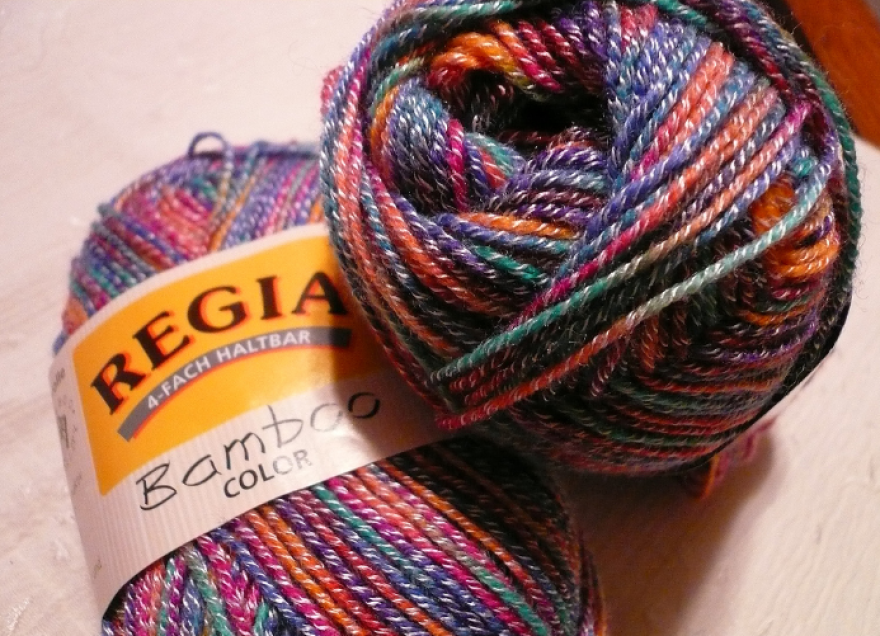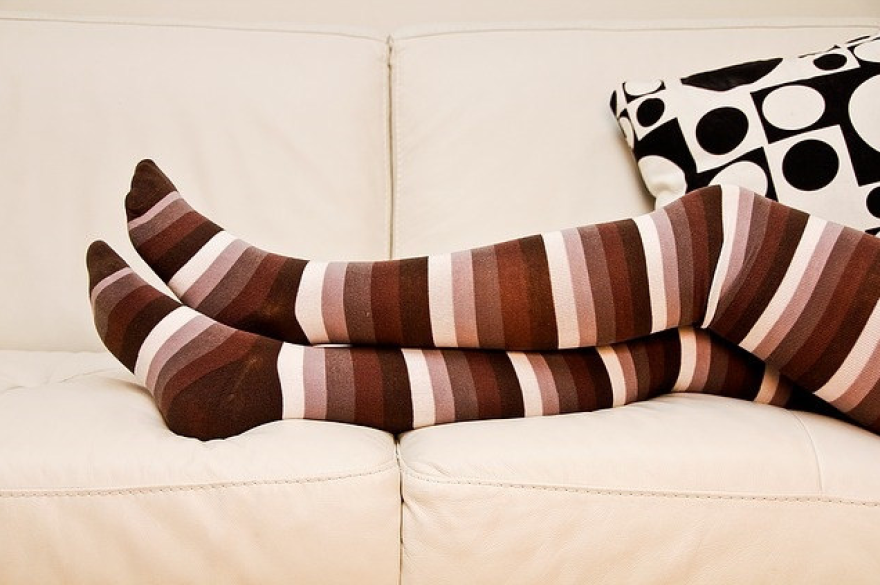From dressy to athletic, cotton to bamboo, there is a wide selection of socks to choose from nowadays. But with all the brands, varieties, and purposes of these different socks, it can be hard to decide which are right for you. To find out more, “Take Care” spoke with Dr. Victoria Foley, a podiatrist and foot surgeon, who is board certified by the American Board of Foot and Ankle Surgery, to hear her take on the many socks available on the market.
Socks’ primary function, Foley says, are to provide warmth and absorb sweat. According to her, there are 250,000 sweat glands in our feet (primarily the sole), and naturally, that moisture can become trapped in your socks and cause some unpleasant side effects.
For this reason, Foley does not recommend cotton socks. The cotton absorbs the moisture and holds onto it, as opposed to wicking it away, which dampens the foot and can lead to odor, and in some cases, blisters and athlete’s foot (a fungus). Cotton blends are better, she says, with bamboo being optimal because it’s hypoallergenic and antimicrobial.

In terms of sock varieties, it’s all about your personal needs. Do your feet sweat excessively? Are you particularly active? Do you experience frequent blisters and calluses? These are all questions to ask before going out and buying specialty socks.
Different physical activities require different gear, which is why we see running, walking, hiking, and skiing socks, that all have slightly different compositions to maximize their effectiveness. Spandex in athletic socks will hug the arch of the foot for added support, running socks have extra cushion around the heel and forefoot, and skiing socks have padding on the shins.
Specialized socks can also benefit certain health concerns, such as diabetes and varicose veins. Diabetic socks are looser, because you don’t want a tight pair of socks to interfere with circulation that may already be compromised by diabetes. And compression socks can help prevent varicose veins and blood clots, and are often recommended to frequent flyers and pregnant women.
The older we get, the thinner the padding on the soles of our feet get. This can lead to calluses, which may make it very uncomfortable to walk. There are socks with extra padding on the soles that can provide some relief, but for those with more severe issues like planter fasciitis, Foley says you’ll need more than a pair of socks to alleviate the pain.
If you’re in the market for socks to help with any of these issues, Foley says you don’t have to revamp your entire sock wardrobe. Experimenting with a new pair or two is a cost effective way to give it a try without breaking the bank. But, if you’re experiencing foot pain or other foot related issues, consult with a podiatrist to see if specialty socks are the right option for you.







